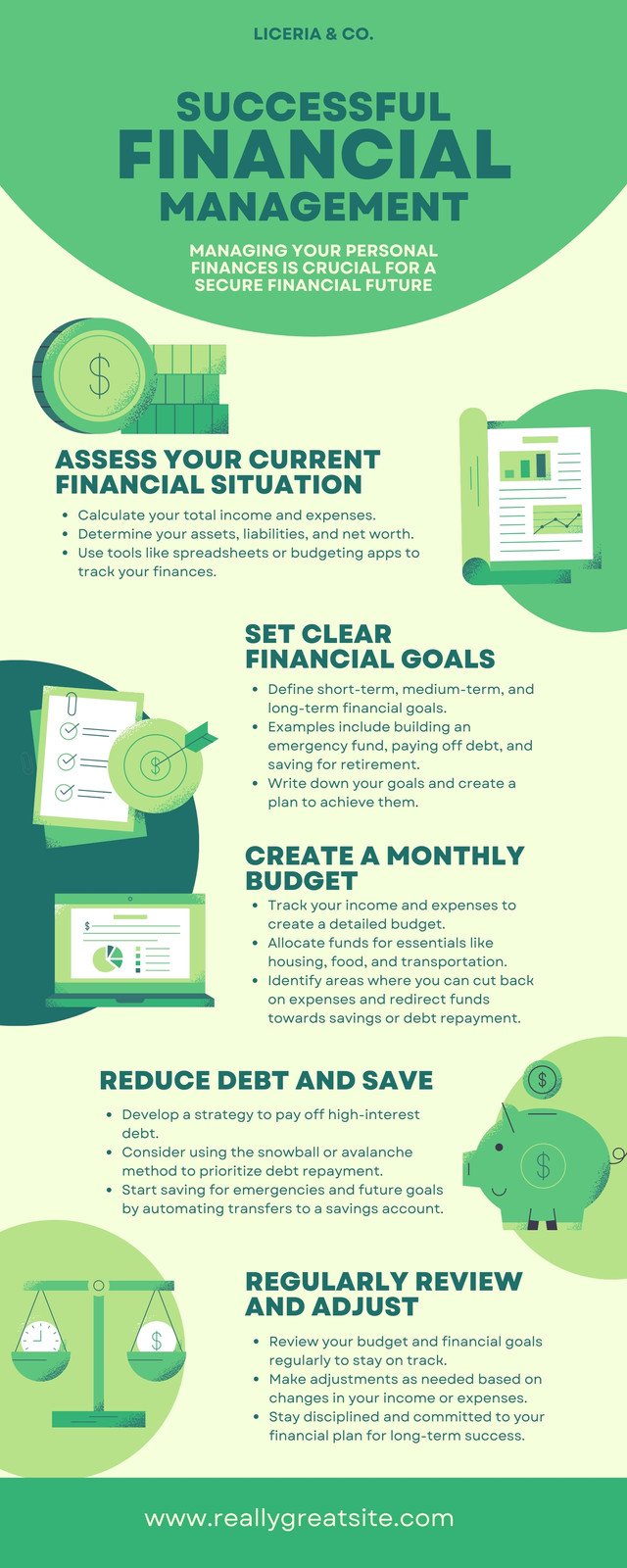Unlock Long-Term Savings: Strategies for Financial Success

Urban Pedia Wiki
Your one-stop destination for all the information you need - from technology updates, health articles, tutorial guides, entertainment news, sports results, to daily life tips.

1. The Foundation of Long-Term Savings: Budgeting and Financial Planning
Creating a Solid Budget

- Track all income sources meticulously.
- Categorize your expenses, including fixed and variable costs.
- Analyze your spending patterns for potential savings opportunities.
- Set realistic financial goals with specific timelines.
- Allocate funds for both short-term and long-term savings.
- Regularly review and revise your budget, especially after major life changes.
| Expense Category | Example | Strategies for Savings |
|---|---|---|
| Housing | Rent / Mortgage payment | Consider downsizing, refinancing, or negotiating lower rent. |
| Transportation | Car payments, fuel, insurance | Explore public transport, carpooling, or purchasing a more fuel-efficient vehicle. |
| Food | Groceries, eating out | Cook at home more often plan meals, and use coupons. |
| Utilities | Electricity, water, gas | Conserve energy and water by being mindful of usage. |
2. Investing for the Future: Diversification and Growth
Exploring Investment Options

- Stocks: Invest in publicly traded companies for growth potential (higher risk).
- Bonds: Offer more stability and generate income through interest payments (lower risk).
- Mutual Funds: Diversified investment vehicles managed by professionals (moderate risk).
- ETFs (Exchange-Traded Funds): Similar to mutual funds but trade like stocks.
- Real Estate: Property investments offer income generation and potential appreciation (variable risk depending on market conditions).
- Certificates of Deposit (CDs): Offer a fixed rate of return for a specific term (lower risk, often FDIC insured).
| Investment Type | Risk Level | Potential Returns | Liquidity |
|---|---|---|---|
| Stocks | High | High | High |
| Bonds | Low to Moderate | Moderate | High |
| Mutual Funds | Moderate | Moderate | High |
| Real Estate | Moderate | Moderate to High | Low |
| CDs | Low | Low | Low |
3. Building Wealth Over Time: The Power of Compound Interest and Discipline
Harnessing the Power of Compounding

- Start Saving Early to Leverage Compounding
- Make Consistent Contributions to Your Savings and Investments
- Reinvest Dividends and Interest to Accelerate Growth
- Avoid Premature Withdrawals That Can Hinder Compounding
- Rebalance Your Portfolio Periodically to Maintain Your Desired Asset Allocation.
| Start Date | Monthly Contribution | Interest Rate | Time Horizon | Estimated Savings |
|---|---|---|---|---|
| January 1, 2024 | $200 | 6% | 10 Years | $31,000 |
| January 1, 2024 | $200 | 6% | 20 Years | $91,500 |
| January 1, 2024 | $200 | 6% | 30 Years | $191,000 |
Conclusion
#Automotive #auto parts #auto repair shop #car dealership #vehicle financing #car maintenance #automotive service